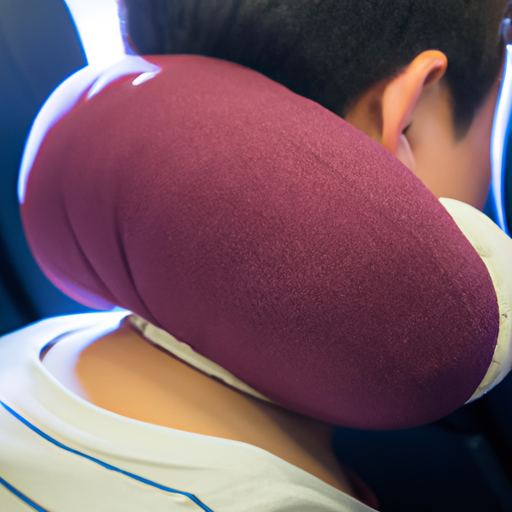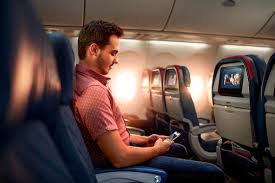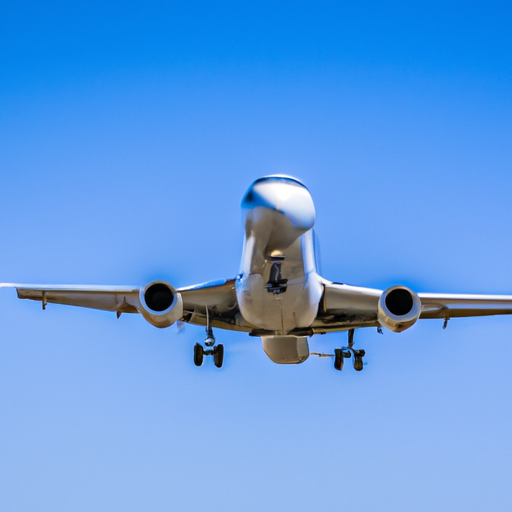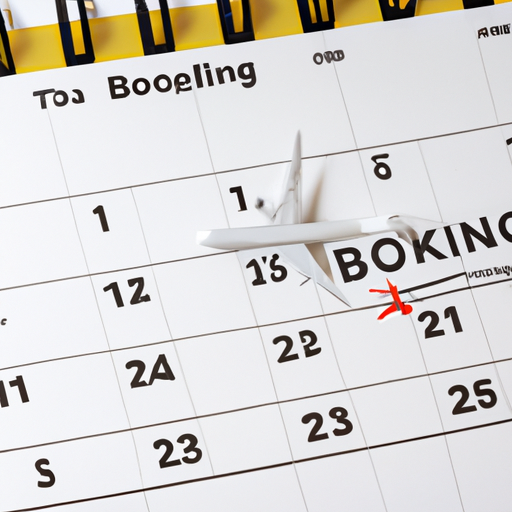“`html
Your Pre-Flight Checklist
Before you embark on your red-eye adventure, it’s essential to set the stage for a more comfortable experience. Packing the right items can make all the difference! Start with a quality travel pillow. Whether you prefer something plush or more structured, a good pillow will keep you from waking up with a stiff neck. Pair it with a cozy blanket or a large scarf that can double as a wrap.
Don’t Forget the Sleep Aids
Consider packing a sleep mask and earplugs or noise-canceling headphones. While some passengers appreciate the ambiance of planes, if you’re trying to catch some Z’s, these items will help block out distractions. And if you’re a fan of herbal teas or calming scents, a small bottle of lavender oil or a calming tea bag could make your seat feel a bit more like home.
Choose Your Seat Wisely
Seat selection can greatly affect your comfort during a red-eye flight. If you value sleep, try to book a window seat. This way, you can lean against the wall without the fear of being nudged awake by aisle traffic. If you’re sensitive to noise, select a seat further back from the engines and away from the galley, where flight attendants bustle around.
Timing is Everything
When planning your nap strategy, think about the timing of your flight compared to your usual sleep schedule. If you’re flying from east to west, try to stay awake until your usual bedtime in the new time zone. Adjusting your internal clock can help minimize fatigue once you land. Also, remember to stay hydrated throughout the flight—dehydration can lead to fatigue and discomfort.
Adjust Your Sleep Schedule in Advance
In the days leading up to your flight, consider gradually shifting your sleep schedule to align with your destination. If you’re traveling east, try going to bed an hour earlier each night. This isn’t always easy, especially for those of you who love your current routine, but even a small adjustment can help your body adapt more quickly.
Onboard Strategies for a Better Experience
Once you’re settled in, it’s time to implement the strategies that will help you survive the night in the air. First things first, get comfortable. Slip into some loose-fitting clothes and socks to keep your feet warm, and don’t hesitate to take off your shoes—your fellow passengers will thank you for the kindness of bare feet in a sock or cozy slipper.
Eat Lightly Before For a Better Flight
When it comes to pre-flight snacking, steer clear of heavy meals. Opt for light, healthy snacks, as greasy or overly rich foods may cause discomfort during the flight. Think protein bars, nuts, or yogurt. Eating less can also help you feel less bloated, improving your chances of feeling comfortable enough to doze off.
Create Your Private Oasis
Once you’re in the air, transform your space into a mini sanctuary. Drape your blanket or scarf over your body, pull your sleep mask over your eyes, and plug in those headphones with your favorite relaxing tunes or a soothing podcast. By creating a physical barrier to the outside world, you can encourage your brain to wind down.
When Sleep Isn’t Coming
Even with the best intentions, sleep may evade you. If you’re tossing and turning instead of snoozing, don’t stress! Breathe deeply, and listen to your body. Sometimes, simply closing your eyes and resting can help refresh you without the need for actual sleep. However, if you’re wide awake, try reading a book or listening to a podcast that engages your mind but doesn’t overstimulate it.
Plan for Layovers and Delays
Often, red-eye flights can experience delays or unexpected layovers. A great way to ease this stress is to plan for some buffer time in your itinerary. Book connections that allow you to have a bit more time in between. This way, you can stretch out, grab a light meal, and recharge before your next up-in-the-air session.
Taking Care of Yourself After Landing
After you land, don’t be surprised if you feel a bit off. Your body has just crossed time zones and adjusted to the chill of artificial cabin air. To counteract that grogginess, freshen up! Find a bathroom to splash some water on your face and consider using a moisturizer to revive your skin after several hours in dry cabin air. A little pep in your step can go a long way in helping you




